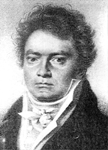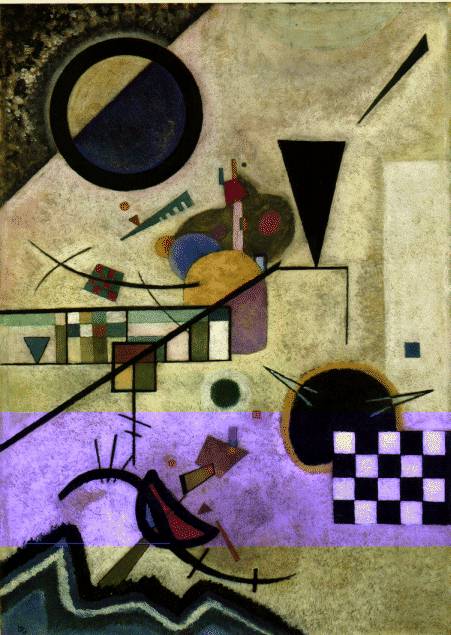
From Beethoven to Bohr to Bullwinkle...



come brilliant discoveries as different as the birth of a symphony, to the establishment of a scientific theory, to a cartoon. And, at least one element remains common to the distinct workings of such unique systems: unbridled creativity. The problem of defining or explaining such an amorphous quality is readily apparent, for it means different things to different people. However, it will generally be agreed that a creative individual has the ability to create unique ideas, whose beauty and power have a sense of self-contained elegance. The questions that the layperson then asks are: how does one recognize creativity, and more importantly, what techniques allow one to foster her own abilities in order to reach their maximum potential.
The structure of the answer to the first question lacks the strength and order of a diamond's network crystal, but that cannot dull the brilliance of a supremely creative work. One must initially realize that creative work cannot be interchanged with beautiful work, at least in the way that beautiful has traditionally been applied. Though, all creative work does contain its own beauty, when seen through the light of comprehension and appreciation. A creative work would have difficulty retaining its sense of wholeness if seen as the only element in its own universe, because its creativity is not only a function of the work's powers, but of the world's relation to the work. The originality involved in a creative work need not be the case with a traditionally beautiful work, though in an informed society, beauty takes on a different light, becoming more akin to creativity than plastic smiles and shiny dresses. So, how can a creative work be distinguished from a common one like a diamond in the rough? The best explanation is that the work cannot always be appreciated, so one must trust in his own innate sense of art and form, and not be easily swayed by the ideas of so-called informed critics, unless there be reason enough to do so.

In order to pose an answer to the question of the origin of Da Vinci's brilliance, I will now move on to one man's formulation of how to develop and utilize one's own creativity. The traditional Gestalt view is that if one concentrates on their linear path towards excellence, meeting each element in turn, working equally hard to perfect each step, with a clear vision of their goal, then there will be no reason for them not to accomplish this goal in exceptional fashion. However, Anton Ehrenzweig in his article "Conscious Planning and Unconscious Scanning" takes a different view. He claims that the Gestalt principle of conscious precision stifles the mind's natural creative abilities. Ehrenzweig's view, as expressed in the title, concerns the capabilities of the unconscious part of the mind. He envisions the conflict between professionalism and imagination, which in another form represent the Gestalt vision vs. his own. The design world's education (i.e.- art schools, architecture classes, etc) is overly concerned with the exactness of the process, and less with the fostering of creative problem solving. In fact, Ehrenzweig sees a sense of morality being used to defend the established system- much like the Protestant Ethic as discussed by Max Weber prodded people to work in order to prove their devotion to God.

